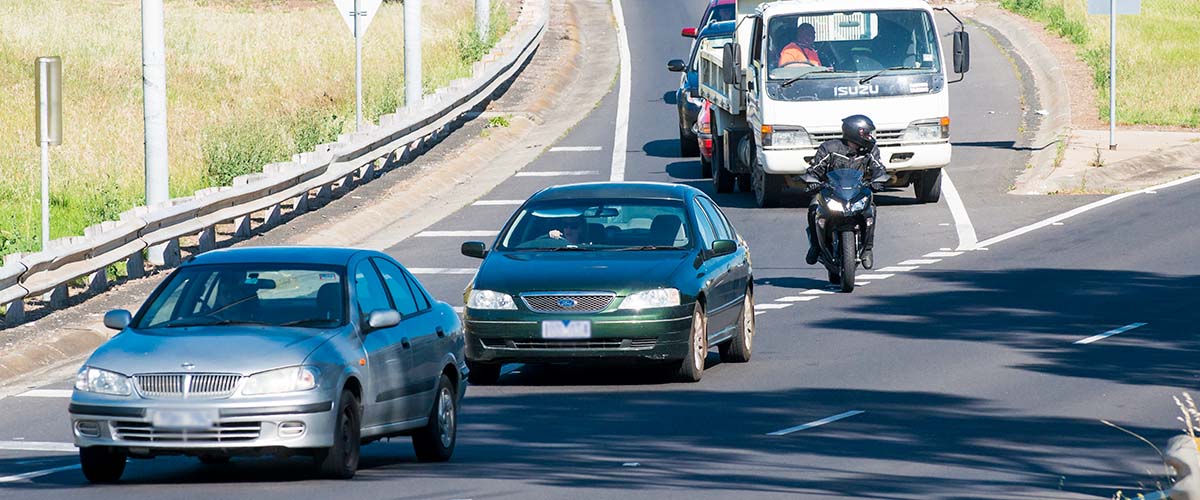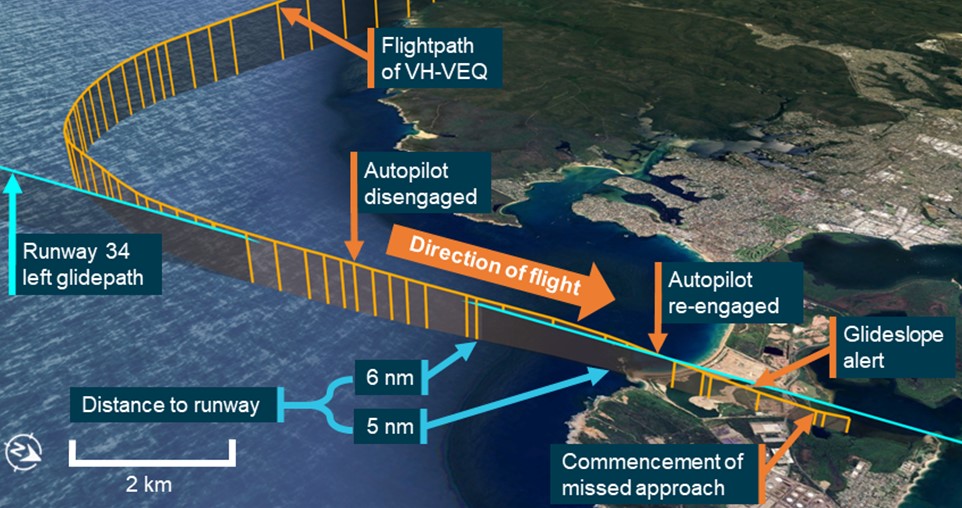The NSW State Emergency Service (NSW SES) is urging residents to be prepared and have a plan in place, ahead of the 2023-24 storm season.
While this year’s weather forecast is set to bring dry and hot conditions, the threat of increased storm activity remains.
Minister for Emergency Services Jihad Dib said community preparation is key.
“While this year’s warmer months are expected to be vastly different to what we’ve experienced in recent years, we are still moving in to peak storm season across the state,” Minister Dib said.
“It is important to know the storm risk, have a plan in place, get your home ready, be aware of what you will do if disaster strikes, and look out for one another.
“I would like to thank the NSW SES in advance for everything they will do for the communities across NSW during the upcoming storm season.”
NSW SES Commissioner Carlene York APM said now is not the time for communities to be complacent.
“Throughout storm season severe weather, such as flooding due to isolated heavy rainfall, strong wind events and damaging hail, can all have significant impacts on communities,” Commissioner York said.
“Last storm season our volunteers responded to more than 14,000 storm-related jobs throughout NSW. We are urging the community to get prepared by undertaking some simple activities around the house.
“Clean your gutters, downpipes and drains, secure and put away any loose items around your backyard and balcony, and trim trees and branches that could fall onto your home.”
Bureau of Meteorology senior climatologist Hugh McDowell said the long-range forecast shows that NSW can expect much less rainfall than last year and lower than median rainfall through Spring.
“There is also a very high chance of daytime maximum and overnight minimum temperatures being higher than usual,” Mr McDowell said.
“Spring rainfall is likely to be suppressed across NSW by a developing El Nino and Positive Indian Ocean Dipole.
“Whilst these two climate drivers can reduce overall rainfall their influence on severe storms is less pronounced. We can expect the number of severe storms to be close to historical averages this year.”
Spring is the peak time for severe thunderstorms along Australia’s east coast. East Coast Lows can also bring storms in early spring, increasing the risk of hail, damaging winds and flash flooding.
Mr McDowell said the overall flood risk has been assessed as close to average.
“Whilst the Spring outlook is drier and warming, severe storms can bring significant rainfall in short periods, so flood risks remain for some catchments.”
Commissioner York said the NSW SES is ready and able to respond to storm activity.
“The NSW SES and Bureau of Meteorology recently signed a five-year partnership agreement that results in dedicated meteorology and hydrology services embedded within the NSW SES,” Commissioner York said.
“These roles provide direct access to decision support for all severe weather warnings from the Bureau as well as the ability to run and analyse flood modelling on any catchment at any time.
“This partnership with the Bureau puts NSW SES in a strong position to plan, prepare and respond to this year’s severe weather season and spring flood risks.”
Between October 2022 and March 2023, the NSW SES responded to more than 14,000 storm-related incidents. These incidents were not related to the widespread campaign flooding that took place across the state. Of these incidents, 544 occurred in the Port Macquarie-Hastings area, 544 in Ku-ring-gai, 469 in Hornsby, 377 in Sutherland, 373 in Dubbo and 650 in the Central Coast (Gosford and Wyong).








